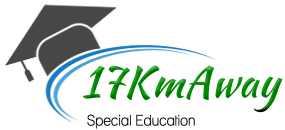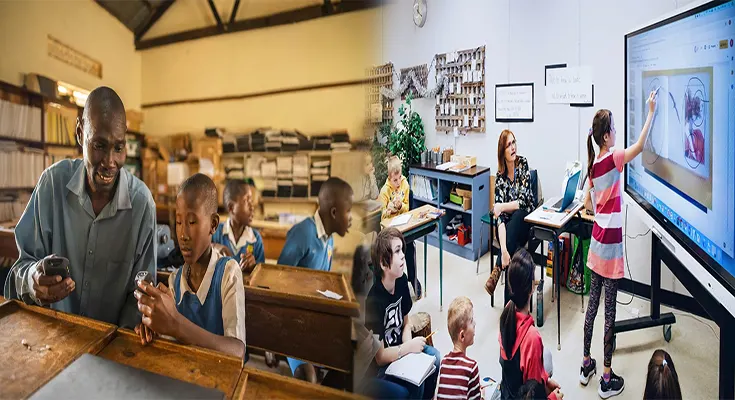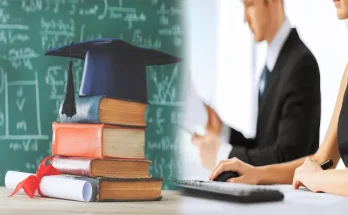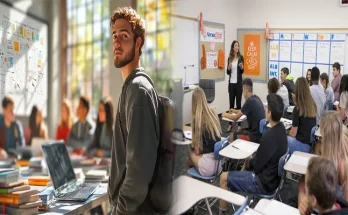The landscape of special education has witnessed remarkable advancements in recent years, largely due to the integration of assistive technology tools. These innovative solutions have revolutionized the educational experience for students with diverse learning needs, empowering them to engage more fully in the learning process and achieve their academic potential. In the modern special education classroom, assistive technology has become an indispensable asset, offering tailored support and fostering an inclusive environment. Let’s delve into some key assistive technology tools that are shaping the educational journey for students in special education classrooms:
Text-to-Speech Software:
Text-to-speech (TTS) software has emerged as a powerful tool for supporting students with reading and comprehension challenges. By converting written text into spoken words, TTS software enables students to access and understand educational content more effectively, thereby breaking down barriers to learning. This technology enhances the independence and autonomy of students with diverse abilities, allowing them to engage with academic materials at their own pace and in a format that suits their individual learning styles.
Speech-to-Text Tools:
Students who encounter difficulties with writing or expressing themselves through traditional written communication can benefit significantly from speech-to-text tools. These applications and software solutions allow students to articulate their thoughts verbally, with the spoken words automatically transcribed into written form. By harnessing speech-to-text tools, students can overcome challenges related to spelling, fine motor skills, and written expression, fostering greater self-expression and promoting academic success.
Graphic Organizers and Mind Mapping Software:
To facilitate organization, comprehension, and the development of critical thinking skills, special education classrooms often utilize graphic organizers and mind mapping software. These tools provide students with a visual and interactive means of structuring information, making connections between ideas, and organizing their thoughts. For students with cognitive or processing challenges, graphic organizers and mind mapping software offer a dynamic approach to understanding complex concepts, planning projects, and enhancing memory retention.
Interactive Whiteboards and Touchscreen Devices:
Interactive whiteboards and touchscreen devices have revolutionized the delivery of instructional content in special education classrooms. These interactive tools enable educators to present information in engaging, multisensory formats, catering to diverse learning modalities. Students can actively participate in lessons, manipulate digital content, and interact with educational materials through tactile engagement, enhancing their level of engagement and comprehension.
Augmentative and Alternative Communication (AAC) Devices:
For students with challenges related to speech and language, AAC devices serve as invaluable communication aids. These devices encompass a range of technologies, including speech-generating devices and specialized software, which support individuals in expressing themselves effectively. AAC devices empower students to communicate their thoughts, needs, and ideas, enabling them to actively participate in classroom discussions and social interactions with peers and educators.
Accessible Educational Software and Apps:
The availability of accessible educational software and apps has expanded the learning opportunities for students in special education settings. From adaptive reading platforms to math-focused applications with customizable settings, educational software and apps cater to diverse learning needs and provide personalized learning experiences. These tools adapt to students’ abilities, preferences, and pace, creating a supportive environment where every learner can thrive.
Environmental Control Systems:
Students with physical disabilities or mobility impairments can benefit from environmental control systems that allow them to independently access and manipulate their surroundings. From voice-activated devices to adaptive switches and remote control systems, these assistive technologies empower students to operate equipment, adjust their learning environment, and engage in learning activities with greater autonomy.
In embracing the potential of assistive technology tools, special education classrooms exemplify their commitment to creating inclusive, equitable learning environments where all students can flourish. By integrating these innovative tools into the educational framework, educators and stakeholders uphold the principles of Universal Design for Learning (UDL), ensuring that students with diverse abilities have the necessary supports to access curriculum, participate actively in instruction, and demonstrate their learning.
As the realm of assistive technology continues to evolve, the potential for positively impacting the educational experiences of students with diverse learning needs grows exponentially. By harnessing the transformative power of assistive technology, special education classrooms can continue to advance their mission of fostering academic, social, and emotional growth for every student, regardless of their individual challenges or abilities. Through ongoing exploration, implementation, and advocacy for assistive technology tools, the journey towards inclusive and accessible education for all remains steadfast.





